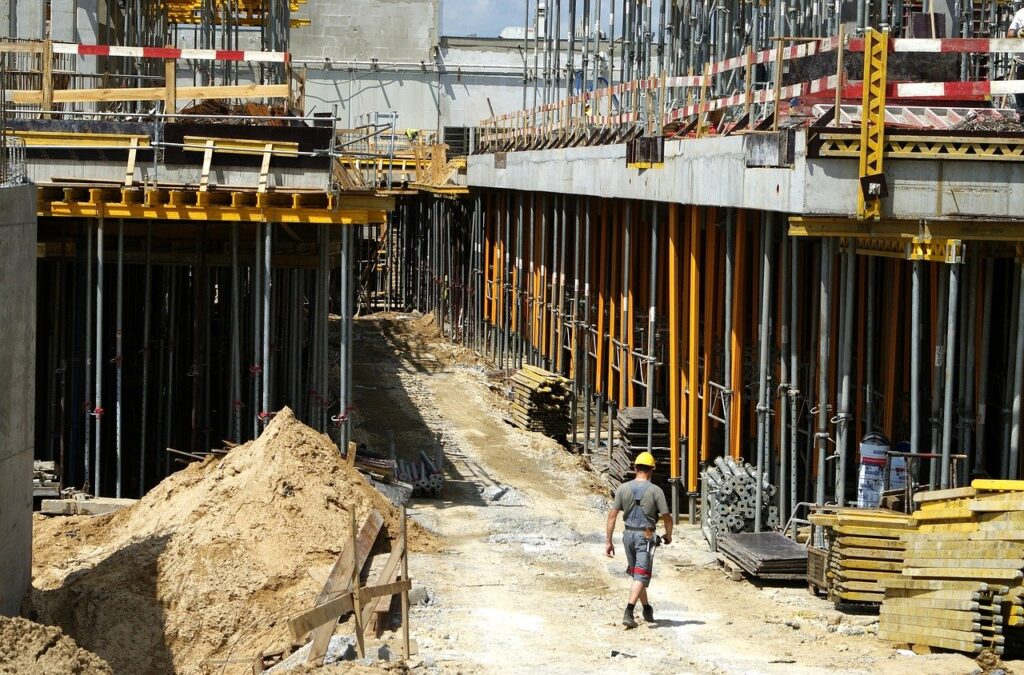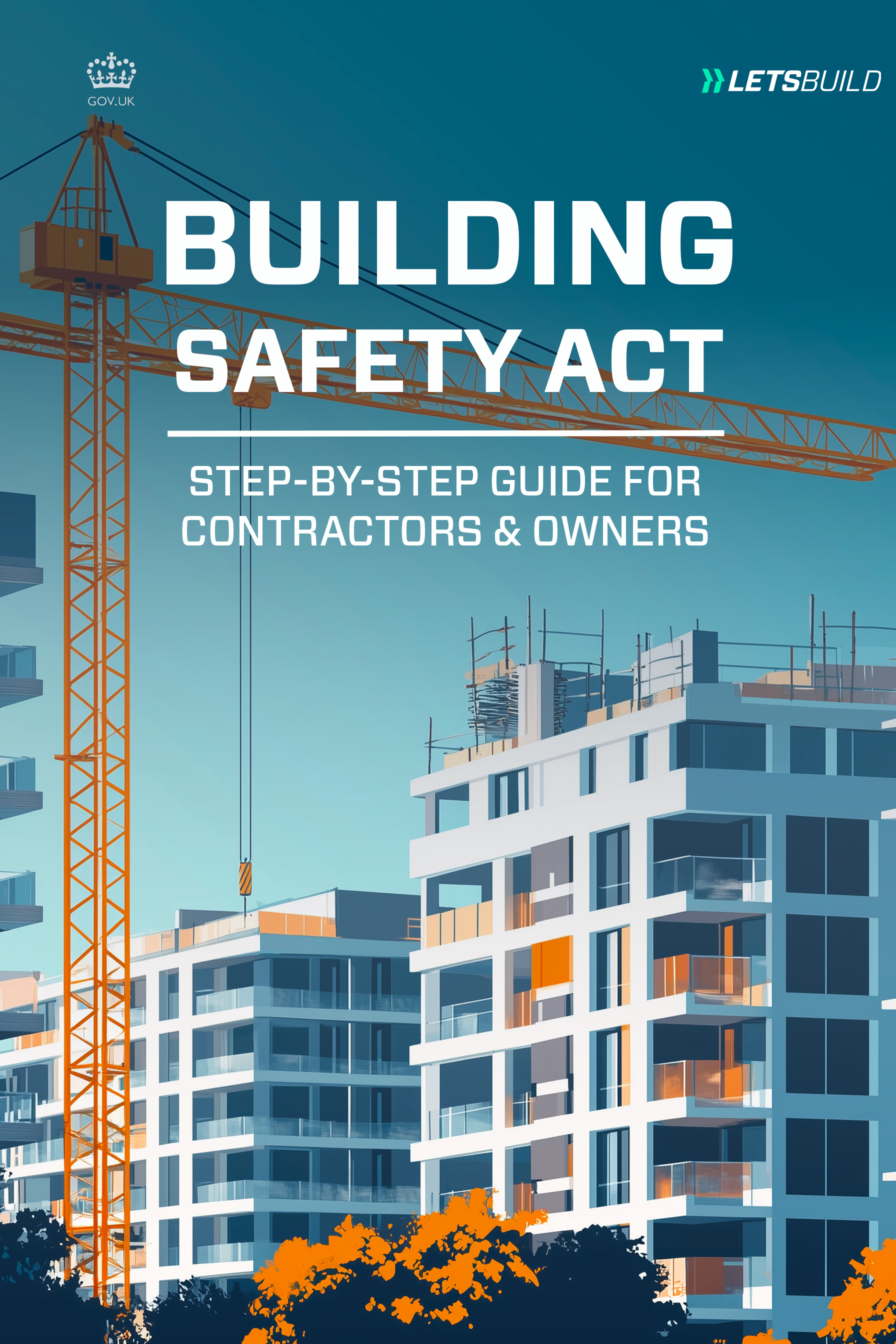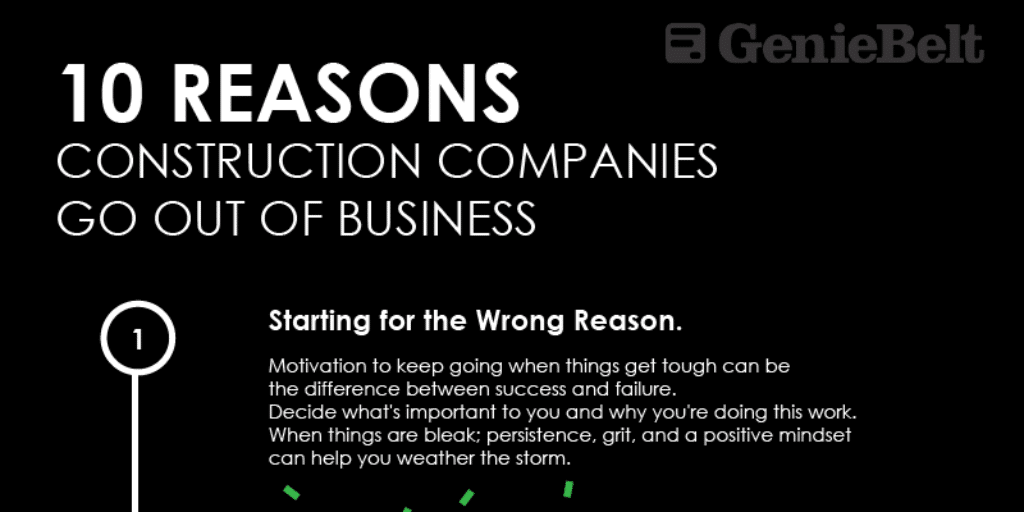Three-week lookahead schedules (also known as 3-6 week planning) are an integral part of every construction project regardless of their type or size. The main purpose of lookahead planning is to help teams prepare the project’s goals and activities for the next three to six weeks.
In other words, it allows project managers to get a good understanding of what materials they need to order next, what tasks should be completed and/or checked, and whether there are any non-conformities that require attention. Each of these actions is a workflow on its own and it should be carefully linked to the overall plan to ensure that everything proceeds as expected.
In that sense, lookahead schedules are inextricably linked to the master plan and every alteration to them can have a direct impact on the progress of the entire project.
For example, the smallest delay on a single activity on site may lead to subcontractors wandering around the field for weeks unable to complete the work that has been assigned to them. Just like that, construction projects might suffer serious delays opening the door to legal disputes and budget overruns.
This is why seamless collaboration across the supply chain is key. All stakeholders should be able to connect with each other in real-time and rely on accurate data to make smart decisions fast.
To achieve that, they need access to the live programme and to the right tools. This is where the problem begins for many project managers and project directors all over the world.
In an attempt to shed some light on how project teams can keep their lookahead planning on track, we present below three crucial questions that all project managers need to take into consideration in order to ensure the success of their projects.
3 questions all project managers should ask themselves
Digitalising your systems and processes to keep your teams connected isn’t a cure on its own. There are certain steps that need to be taken and certain questions that need to be asked so that you can manage interruptions better, avoid mistakes, and waste less time on administrative tasks. More specifically, here are the three main questions which you should always ask yourself when you start working on your lookahead planning:
Could I waste less time on admin tasks?
Many stakeholders in construction waste almost 40% of their time chasing updates, putting together endless reports, or just attending meetings. The worst part? They seem to believe that never-ending meetings and excessive administrative workload are just part of the job.
But the truth is that it should never be like that. First of all, you should not spend your time generating reports that could be automated with 3 clicks or looking for critical data in multiple sources instead of a single and always updated source of truth.
Learn more: How to reduce admin work and endless meetings in construction
On top of that, there is no reason for project teams to get trapped in meetings that take way longer than necessary just because many of the participants lack visibility over the project. This only generates even more mistrust between the collaborators and fuels the culture of blame across the supply chain.
Under such circumstances, micromanaging becomes part of the daily operations leading to even more admin work and bad relations between stakeholders.
And this is why next time you start thinking of your lookahead planning you need to take a moment and see whether you could spend less time on your administrative tasks. The answer to this question will most probably be “yes” and it might pave the path for a new way of working and managing your projects. After all, you didn’t join construction to sit on meetings all day but to give something back to society.
Are my tools construction-specific?
That’s the second question you need to consider if you want to boost productivity in your project and ensure the successful completion of your lookahead plan.
Project managers tend to believe that the tools they are using are fit for purpose and made to collaborate with different stakeholders on their construction projects. In many cases, the truth is way different.
Grab your free ebook: Why you can’t run complex construction projects with Whatsapp and Excel
Especially when it comes to tools like WhatsApp, Email, and Excel that are not built having construction as their main focal point. Such tools might be great to use in your personal life but they are not industry-specific. More analytically:
- They are not real time forcing people to work on outdated information.
- The data shared through them lacks the connection to the master plan. In other words, data is static.
- Information is dispersed on many different platforms making the reporting process a nightmare.
- They don’t enable collaboration between internal and external stakeholders which makes your effort to connect all teams on the field way more challenging.
It becomes evident that using the wrong tools can really impact your lookahead planning. Your teams will have no real-time insight into the project and there will be no clarity on who’s accountable for what leading to slow and dysfunctional decision making.
So next time on site make sure you ask yourself this question. Otherwise, you will quickly feel out of control and that you become the bottleneck of your own project.
Could I standardise more?
The next big bet is standardisation. You might think that construction projects vary both in terms of purpose and size so standardisation isn’t always an option. But the truth is much different.
Regardless of the type of your project, 80% of the process is always the same. So standardising the way you design, collaborate, and eventually build is a valid option. More importantly, it will take a lot of pressure off your shoulders and help you prevent mistakes before they appear or flag critical problems at an early stage.
Read more: How to succeed in the digital transformation of your company
Especially because there’s a high number of subbies and different specialists on site, it is of paramount importance that everyone follows a well-defined context instead of having their own way of doing things.
Of course, adoption of a new system and a new process is also a challenge at this stage but it’s not a reason to back down on your standardisation initiative. If your teams can use a smartphone and mobile banking, then they should be able to handle a digital tool that will add more clarity to the way they work and take away some of their daily frustration.
But they need first to understand the value they get from changing their on-site habits. This is where the initial question of “could I standardise more?” will lead you next. Don’t standardise for the sake of technology but for the sake of your teams so that you can safeguard your lookahead planning and by extension your entire project.
Your tools should not just be “good enough”
Having asked yourself the three questions presented above, you are already ahead of your competition. But you should not stop there. Being “good enough” should not be the desired state.
Yes, you will eventually be able to complete your project by using a “good enough” tool such as WhatsApp and Excel. However, you need to take into account the true cost that comes with such a decision. Because, in the long run, it will most probably be quite an expensive choice.
That being said, here are some of the things you want to look for on the tools that you will implement to manage both your lookahead planning and your master schedule:
- They should enable seamless collaboration and connect all project updates to the overall plan in real time.
- They should be connected to one source of truth keeping everyone on the same page and facilitating the automation of the reporting process.
- They should offer a detailed and always up-to-date audit trail that will allow project stakeholders to see what has happened in the past. This will also protect you from any legal disputes that could put your project’s progress in danger.
- All applications should be linked to the same platform. No need to chase the latest progress reports all over the field.
- They should be easy to use so that on-site adoption is facilitated.
- Last but certainly not least, they should be construction-specific. Choose tools that have been built after taking into consideration the true needs of the people who actually work in construction.




